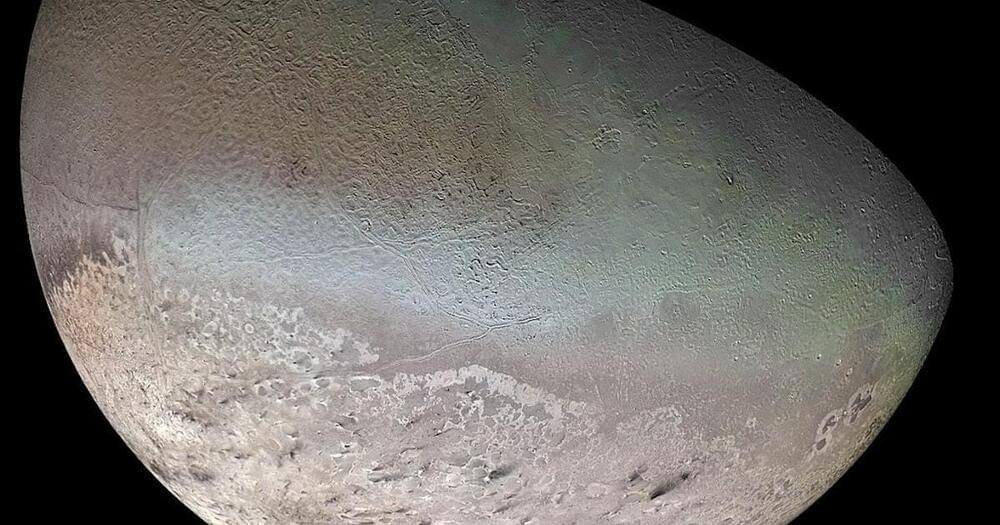It’s frigid and strange and orbits its home planet backward.
But Enceladus isn’t the only location in our solar system with active geysers, as another small moon near the edge of the solar system shares similar characteristics, as well. This is Neptune’s largest moon, Triton, which has been visited only once by NASA’s Voyager 2 in 1989. But are Triton’s geysers the only characteristics that make it a good target for astrobiology and finding life beyond Earth?
“Triton may be an ‘ocean world’, a moon that has a solid ice crust over a liquid water subsurface ocean,” said Candice Hansen-Koharchek, a planetary scientist who was a Voyager Imaging Team Assistant Experiment Representative during the Voyager missions. “If that is the case, and if we are able someday to reach that ocean and find life, that would extend the habitable zone to the Kuiper Belt, not just the inner solar system. That has profound implications, both in our solar system and at exoplanets.”
Due to its geysers, which Voyager 2 identified as dark streaks, Triton is only the third known planetary body in the Solar System to be volcanically active, aside from Earth and Jupiter’s innermost Galilean moon, Io.
